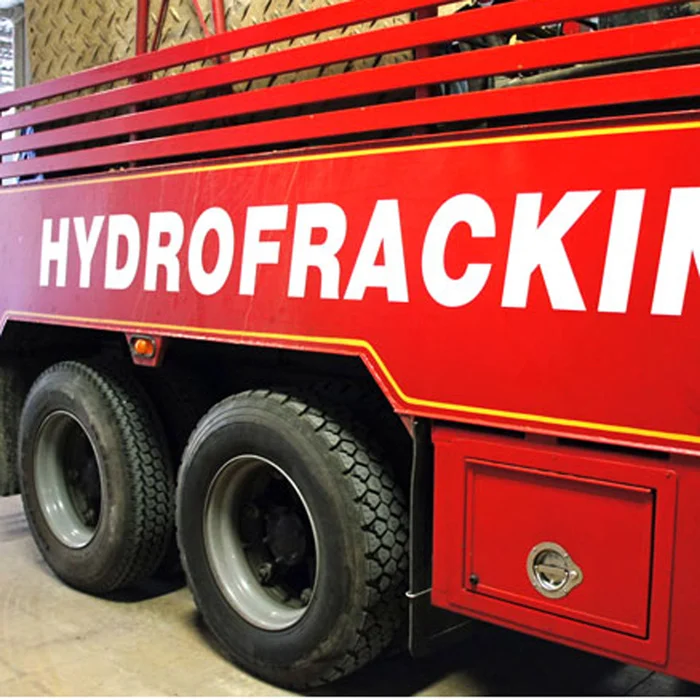What Is Hydrofracking?
When people hear the term “hydrofracking” it can sometimes raise the image of oil and gas wells in Pennsylvania or North Dakota. While hydrofracking is a process that was originally developed by the oil and gas industry, it is much different than “hydraulic fracturing,” used in drilling today.
Hydrofracking also known as hydrofracturing, is a safe and chemical-free method for increasing the flow of water within bedrock deep below the ground. The process involves injecting highly pressurized water into a bedrock formation through an existing well. The intent is to flush away fragments that have become lodged in bedrock fractures, resulting in an increased water flow of water and more productive water-bearing fractures supplying water to the well.
Hydrofracking has become a preferred method for increasing a well’s yield, or the amount of water the well is capable of drawing over a set period of time. It’s not unusual for a bedrock well to see a drop in its water yield over time. Sometimes debris, such as rock and gravel, get moved by the water flowing through bedrock fissures deep below the ground. If this debris gets lodged in a fissure feeding the well, it can reduce the well’s yield and eventually result in an interruption in flow.
Hydrofracking can also be used on newly drilled wells with inadequate water yields for the home. By opening up existing fissures, hydrofracking can create ample flow for the new home.
How does hydrofracking work
If a well drilling company determines your well could benefit from hydrofracking, the driller will open your well and drop what is known as a “packer” into the well bore at least 40 feet below the well case and drive shoe seal. To prevent damage to these components, the packer is locked into position. Water pressurized between 500 and 2,000 pounds per square inch (psi) is pumped through the packer until the system indicates a drop in water pressure. When the pressure drops, it usually means the blockage has been blasted away by the high pressured water and that groundwater is flowing freely through the rock.
Hydrofracking does not involve the use of chemicals, but it does require a lot of water. Typically 1,500 to 2,000 gallons of water are pumped into the bedrock formation.
Hydrofracturing Improves well water yield
Your well may be a good candidate for hydrofracking if it’s recently run out of water, or you find that air sputters when you turn on the faucet. In some cases, but not all, a drop in water pressure could indicate your well has a reduced flow and could benefit from hydrofracking. While hydrofracking doesn’t result in an increased flow of water in every well, Skillings & Sons has found it can increase the flow rate 98 percent of time. It is so successful that we offer a guarantee on existing wells.
After hydrofracking, the well driller should conduct a yield test to see if the flow rate has improved. This is measured by the amount of water that comes from the well each minute. For instance, after hydrofracking, a well driller typically wants to see a flow rate of 5 gallons per minute from the well.
Skillings & Sons has more than 40 years of well drilling experience and can answer your questions about your well and the hydrofracking process.

